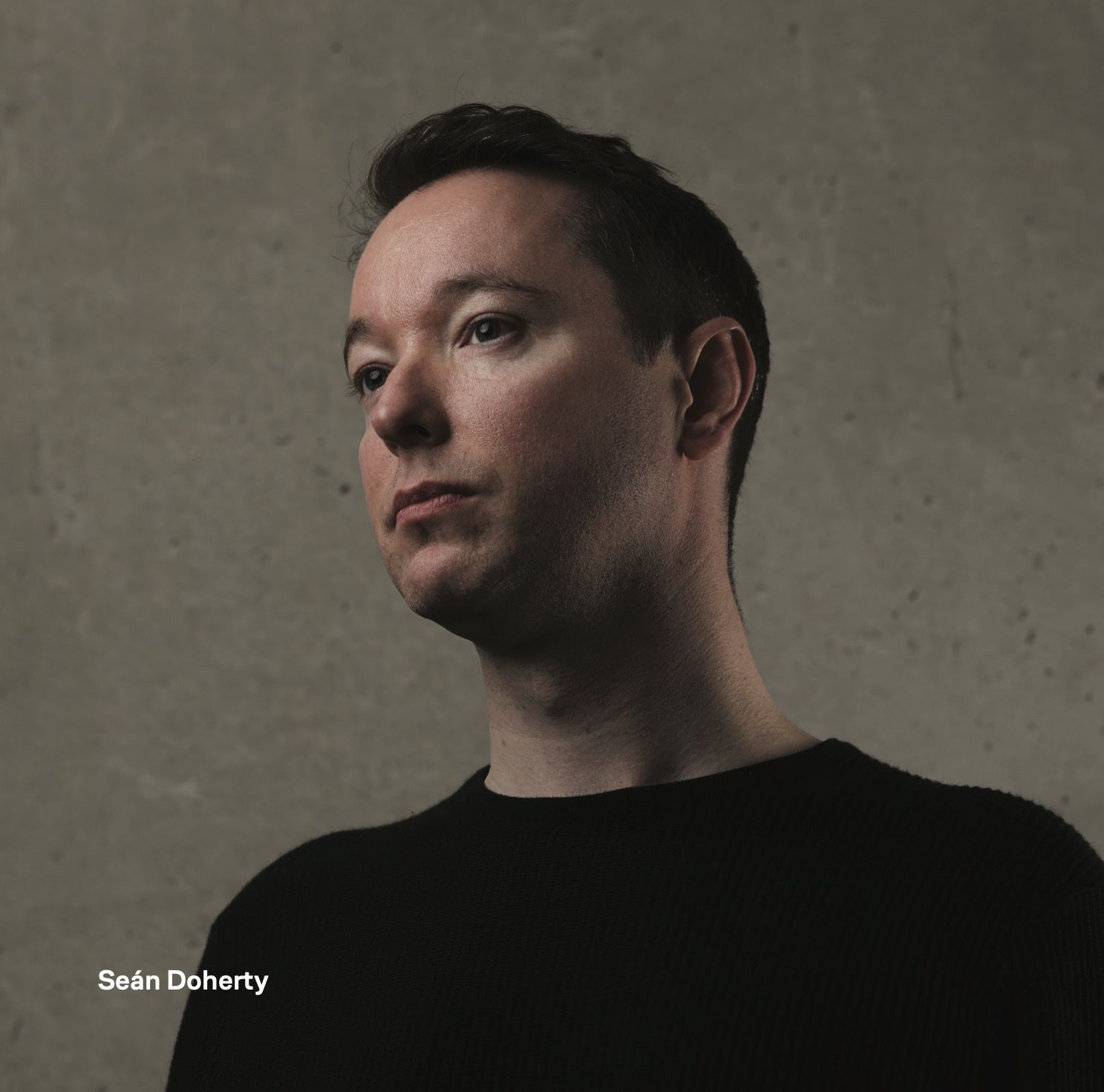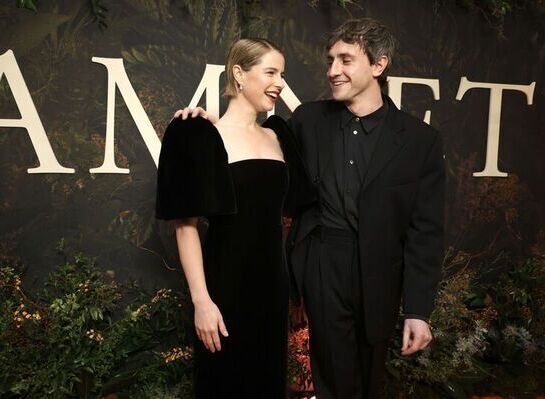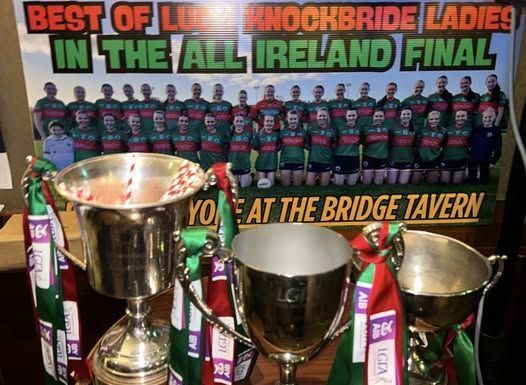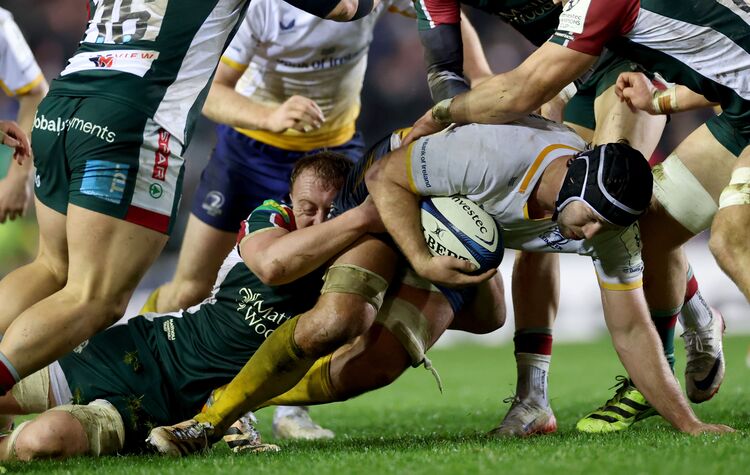A couple weeks back, I led an event at the Irish American Heritage Museum in Albany called “An All Ireland Affair: The Music of the Famous Flanagan Brothers.” Joined by Diarmuid Ó Meachair (melodeon) and Brendan Dolan (piano), the evening combined an in-depth lecture about the history of the Flanagan’s recordings with a live performance of their music. We had a terrific time playing for the wonderful folks that attended, and while I might be tempted to say more about what Diarmuid, Brendan and I did, instead I’d like to quickly mention the work of Michael Clarke, the museum’s executive director, whose impressive vision and valuable efforts are doing amazing things for traditional music up in the state’s capital.
Established in 1986, the Irish American Heritage Museum’s mission is to explore the contributions, history, and culture of Irish people in America. It does this through a permanent collection, a series of changing short term exhibitions, and creative event programming, which includes musical performances. These take place in the IAHM’s Flanagan Theater, an intimate and comfortable 60-seat space that used to be a planetarium.
Clarke, who is a musician and a former member of the band Celtic Cross, was appointed the IAHM’s director last October and has since then has brought an impressive assortment of artists to the theater, including Ivan Goff & Katie Linnane, Karan Casey with Niamh Dunne & Seán Óg Graham, Grosse Isle, Open the Door for Three, and Gerry O’Connor & Kevin McElroy. This past Sunday, Nathan Gourley, Laura Feddersen & Alan Murray performed there and in September Clarke will present Kevin Burke. His curatorial eye is superb and the artistic choices he’s made thus far are perfectly suited to the Flanagan Theater.
Although still fresh on the job, Clarke has already made the Irish American Heritage Museum a most welcome destination for artists and a real home for traditional music. Everyone I’ve talked to who has played there speaks glowingly. Give the museum a visit the next time you’re up! To learn more about the IAHM and their programming, including upcoming musical events, visit here.
In other news, I’ve had Seán Doherty’s new album “The Devil’s Dream” in the media yoke this week and it’s simply fabulous. Doherty is a Derry-born composer, musicologist, singer and fiddle player. He grew up playing both classical and traditional musics and he’s become an award-winning composer of both choral and chamber work with many commissions to his name. He currently works as an assistant professor of music in Dublin City University.
The music on this album reflects the union of Doherty’s interest in classical and traditional musics and each of the pieces here are “programmatic” in nature, which is to say they’re pieces that intend to tell a story, illustrate a scene or evoke a particular emotion or idea. Two, “The Devil’s Dream” and “Paddy’s Rambles through the Gravel Walks” are, as Doherty describes them, meditations on death, while the remaining three explore significant moments in Irish history: “Lament for the Poets” is intended as an expression of the Easter Rising, “No Go” of the Troubles, and “Drochshaol” of the Great Famine.
Doherty is a composer of great skill and the music he’s written here is rich and complex and it is impressively performed by the Sonoro Quartet (https://www.sonoroquartet.com/), a group made up of Sarah Jégou-Sageman, violin; Jeroen De Beer, violin; Séamus Hickey, viola; and Léo Guiguen, cello. The quartet is considered one of the world’s leading young string quartets and has performed in major concert halls all over Europe. There is great cohesion and expression in their music and the way they have approached the interpretation of Doherty’s work seems perfectly suited to the composer’s intent.
The depth of their artistry – and that of Doherty’s – is immediately evident on “The Devil’s Dream,” the album’s opening track. Drawing from two tunes Dohertylearned off his teacher James Byrne, the slow air “An Londubh” and the reel “The Devil’s Dream” (both tunes that appeared on Byrne’s 1990 album “The Road to Glenlough”), the piece is an imagining of Byrne’s death, which took place in 2008 as he walked home from a late night session in Mín na Croise, Donegal. There is great love in the composition, but also great imagination both in the way it’s written and the way its performed. In deconstructing the tunes and working with them in fragmentation, Doherty brings us to that tragic moment in a way that is illuminated by the Sonoro Quartet’s dynamic performance. The effect here is entirely engrossing.
“No Go” is another bracing piece, this time modeled after the Fox Chase, a virtuoso descriptive piece largely associated with uilleann piping. It starts with a melodic statement on the uilleann pipes (played by Mark Redmond), with the pipes seeming to play the role of narrator, guiding the listener through a story that starts off with a beautiful, almost carefree pastoral sensibility that grows darker and foreboding, eventually becomes something utterly chaotic and then, terrifying. It’s very effective storytelling, it’s gravity giving it a haunting and “hard to grapple with” quality.
“Paddy’s Rambles Through The Gravel Walks” is another standout for me. Incorporating traditional music more explicitly into its compositional structure, Doherty uses of the slow air “Paddy’s Rambles Through the Park” and the reel “The Gravel Walks to Granie” in imagining a story the Donegal fiddler John Dohertytold of a man’s search for a ghostly singer in the hills of southwest Donegal as he returned home late one night. The “sound” of traditional music is up front in this piece, with harp (Lauren O’Neill), concertina (Molly Tobin), flute (Robert Harvey) and fiddle (Seán Doherty) being added into the orchestration. Doherty’s work here is very evocative, with the juxtaposition of traditional instruments against the string quartet suggesting the starry nighttime sky against the rugged terrain of the Donegal hills. (There are interesting parallels between this piece and the album Lúnasa’s made with the RTÉ Concert Orchestra that featured Niall Vallely’s orchestrations.)
This is a stunning album. Doherty is a fabulous composer and he’s found an excellent group in the Sonoro Quartet to realize his vision. The programmatic nature of Doherty’s work brings Charlie Lennon’s “Aille na hAille – A Terrible Beauty,” his suite that evokes the 1916 proclamation’s signatories and honors the heroes of the Easter Rising. Although the two take radically different approaches to the musical realization of Irish history, it’s interesting to listen for the contrasts and parallels between the two. If challenging, exquisitely rendered music with one foot in the Irish tradition is your cup of tea, this album is a must-hear – just exquisite. To learn more and purchase, visit https://divineartrecords.com/composer/sean-doherty/.








